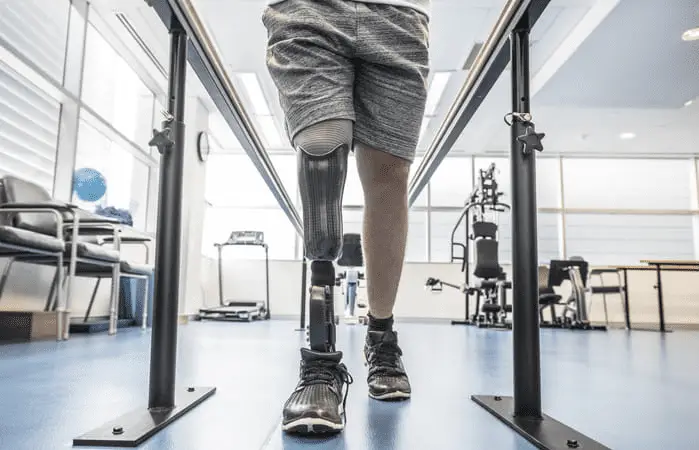New York City’s skyline is constantly evolving, thanks to the tireless efforts of construction workers. However, the construction industry is one of the most dangerous occupations, with workers facing significant risks daily. When injuries occur, the financial compensation awarded often reflects the severity of the injury. Understanding which injuries typically result in the highest compensation can help injured workers and their families better navigate the legal and financial recovery process.
Traumatic Brain Injuries (TBIs)
Traumatic brain injuries are among the most severe and life-altering injuries on construction sites. Falls from heights, being struck by falling objects, or accidents involving heavy machinery often lead to TBIs. Symptoms range from memory loss and cognitive impairment to severe disabilities requiring lifelong care.
Compensation for TBIs tends to be substantial due to the high cost of medical treatment, rehabilitation, lost wages, and pain and suffering. Additionally, New York’s Labor Law § 240, also known as the “Scaffold Law,” often applies to cases involving falls from heights, making it easier for injured workers to seek compensation from employers or contractors.
Spinal Cord Injuries
Spinal cord injuries are catastrophic and can result in partial or complete paralysis. These injuries often occur due to falls, construction truck accidents, or structural collapses. The financial burden associated with spinal cord injuries is immense, including ongoing medical care, assistive devices, home modifications, and lost earning capacity.
In NYC, compensation for spinal cord injuries can reach millions of dollars, particularly when the injury leaves a worker permanently disabled. Cases involving negligence or violations of safety regulations may result in additional punitive damages.
Amputations

Amputations, whether of fingers or limbs, are devastating and life-changing injuries. These accidents often occur due to machinery malfunctions, lack of proper safeguards, or human error. Workers face physical, emotional, and financial challenges, often requiring prosthetics and costly rehabilitation.
Compensation for amputations includes coverage for medical expenses, prosthetic devices, lost wages, and pain and suffering. Courts also consider the psychological trauma and loss of quality of life, which can significantly increase the amount awarded.
Severe Burn Injuries
Burn injuries, often caused by electrical accidents, chemical spills, or fires, can result in long-term physical and emotional damage. Third-degree burns, which destroy both the outer and inner layers of the skin, require extensive treatment, including surgeries and prolonged hospitalization.
Given the substantial medical costs and potential for permanent disfigurement, compensation for burn injuries is often significant. Workers may also be awarded damages for the mental anguish caused by scarring and disfigurement.
Wrongful Death
When a construction site accident results in the death of a worker, the family may file a wrongful death claim. Fatal accidents often involve falls from significant heights, equipment malfunctions, or structural collapses. Compensation in wrongful death cases typically covers funeral expenses, loss of income, and the emotional suffering of surviving family members.
In NYC, wrongful death cases involving violations of labor laws or egregious negligence often result in substantial settlements or jury awards, ensuring the family is financially supported.
Key Factors That Influence Compensation
- Earning Capacity: Permanent disabilities or injuries affecting the ability to work significantly increase compensation.
- Safety Violations: If the accident resulted from violations of OSHA standards or New York labor laws, the plaintiff’s case is strengthened.
- Medical Costs: The need for long-term care or rehabilitation adds to the overall award.
Legal Resources for Injured Workers
Injured construction workers in New York have various avenues for seeking compensation. Workers’ compensation benefits cover medical expenses and lost wages but may not fully address pain and suffering. Workers can also file personal injury lawsuits to recover additional damages, if applicable.
Those affected by such injuries should contact and consult experienced construction accident attorneys to ensure they receive the compensation they deserve, helping them rebuild their lives and secure their families’ futures.




